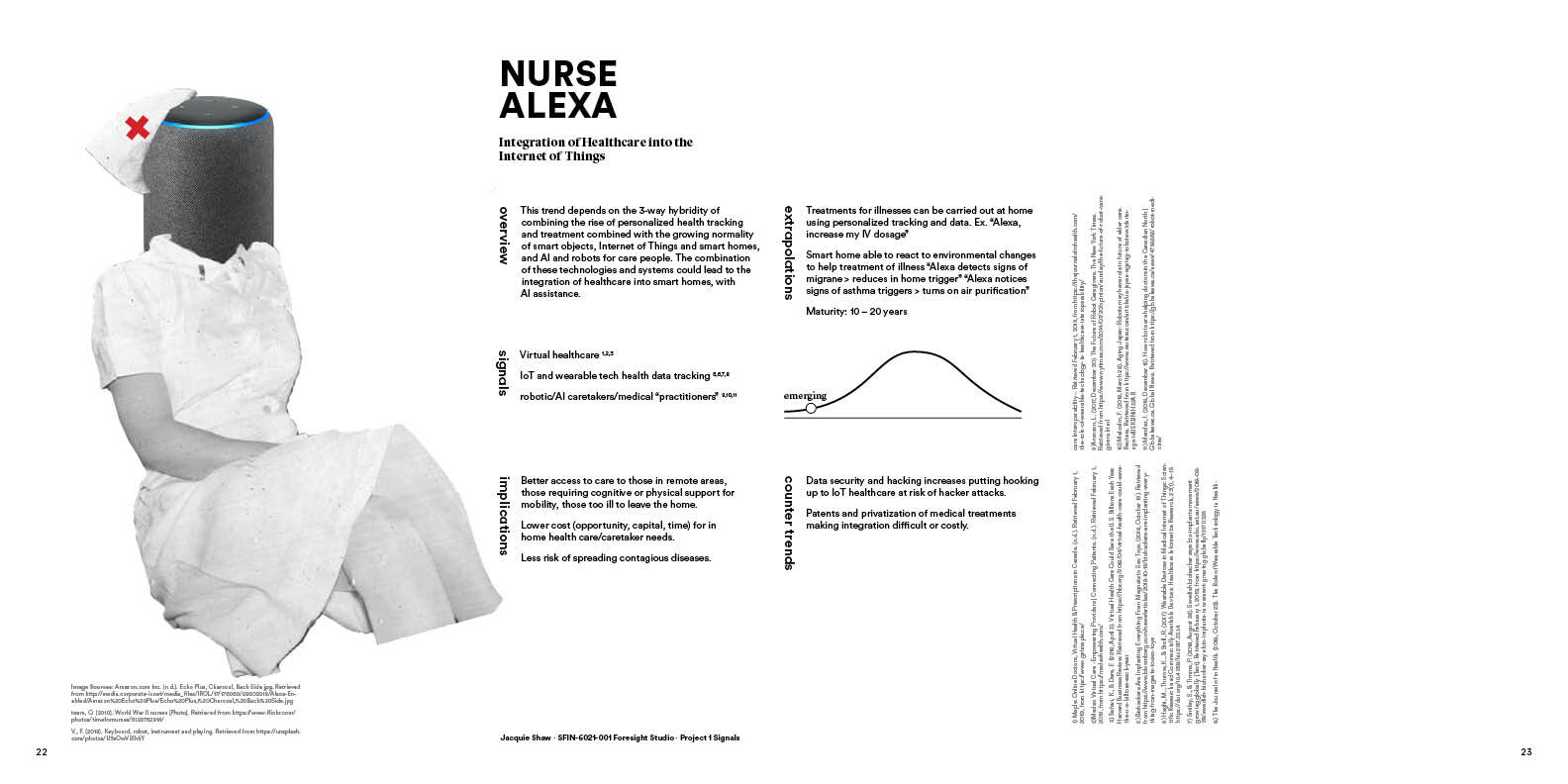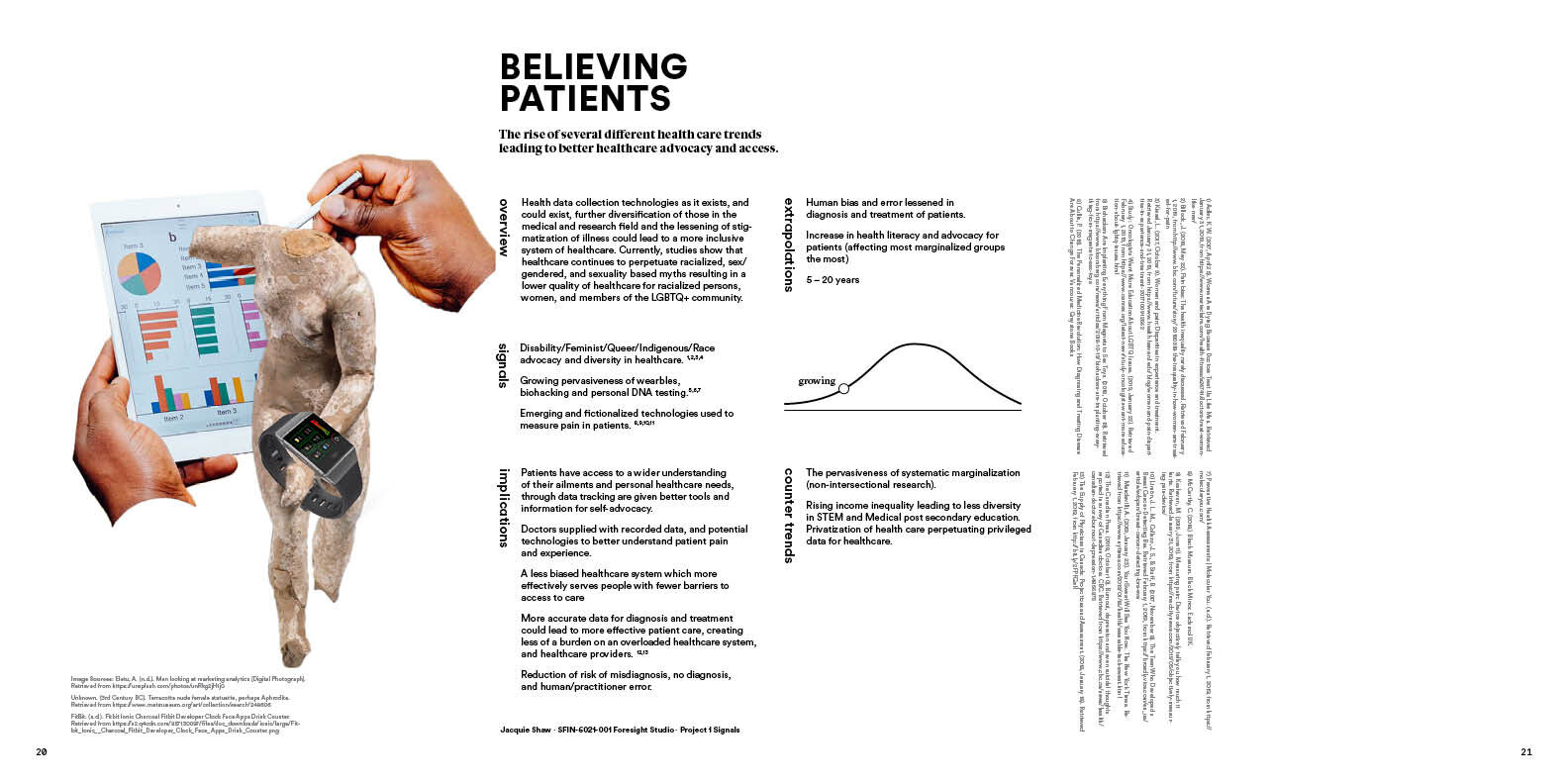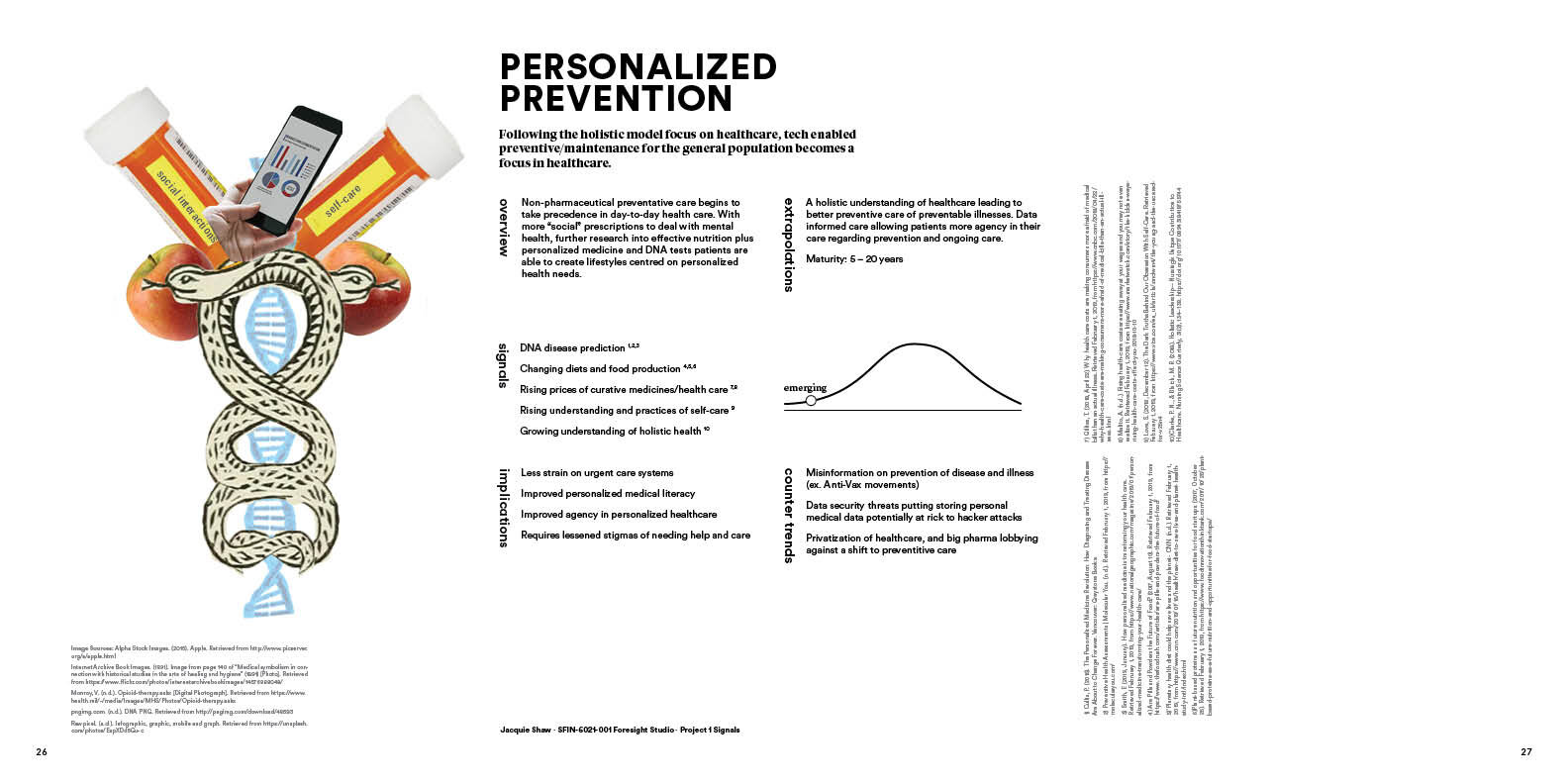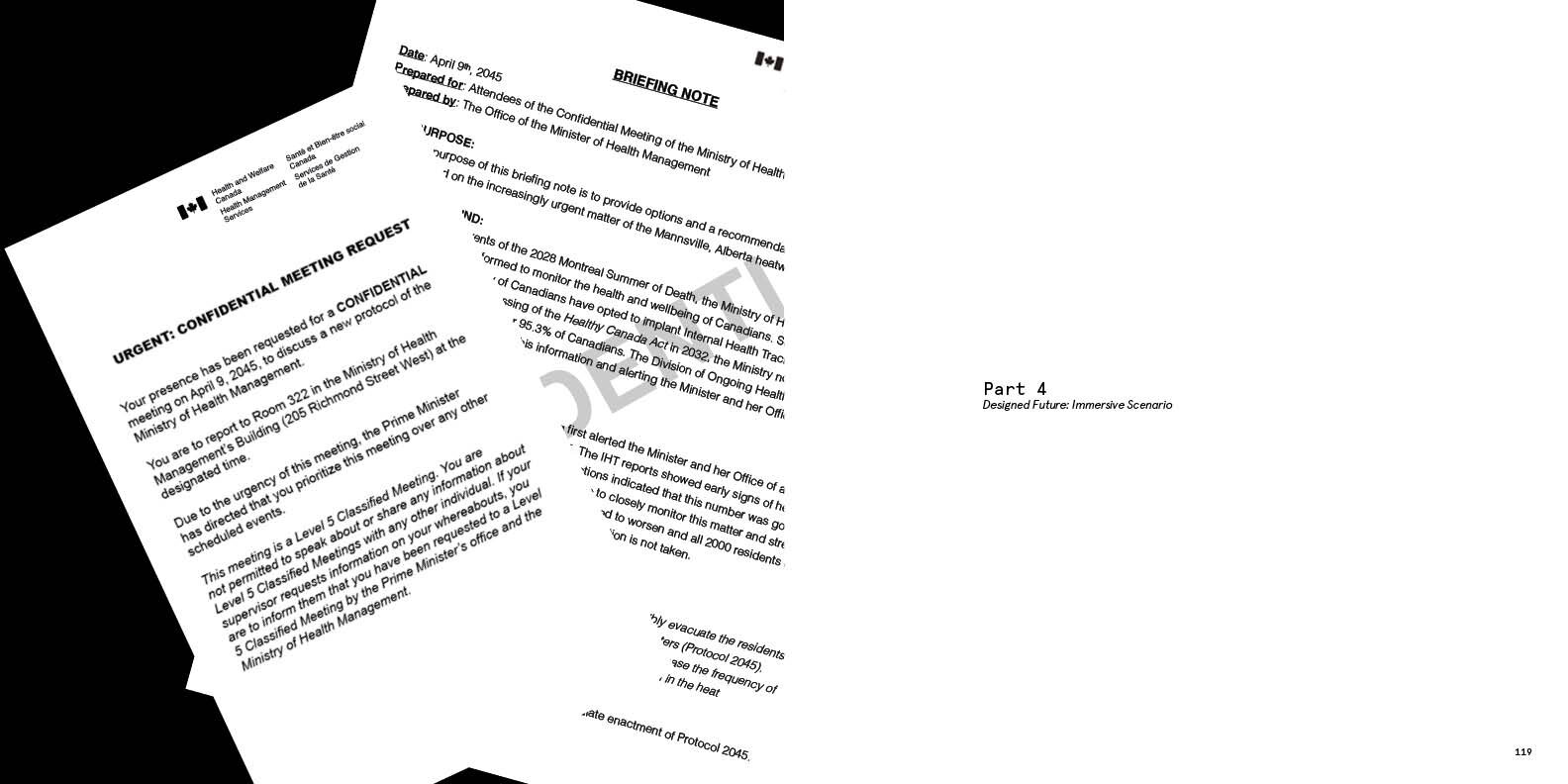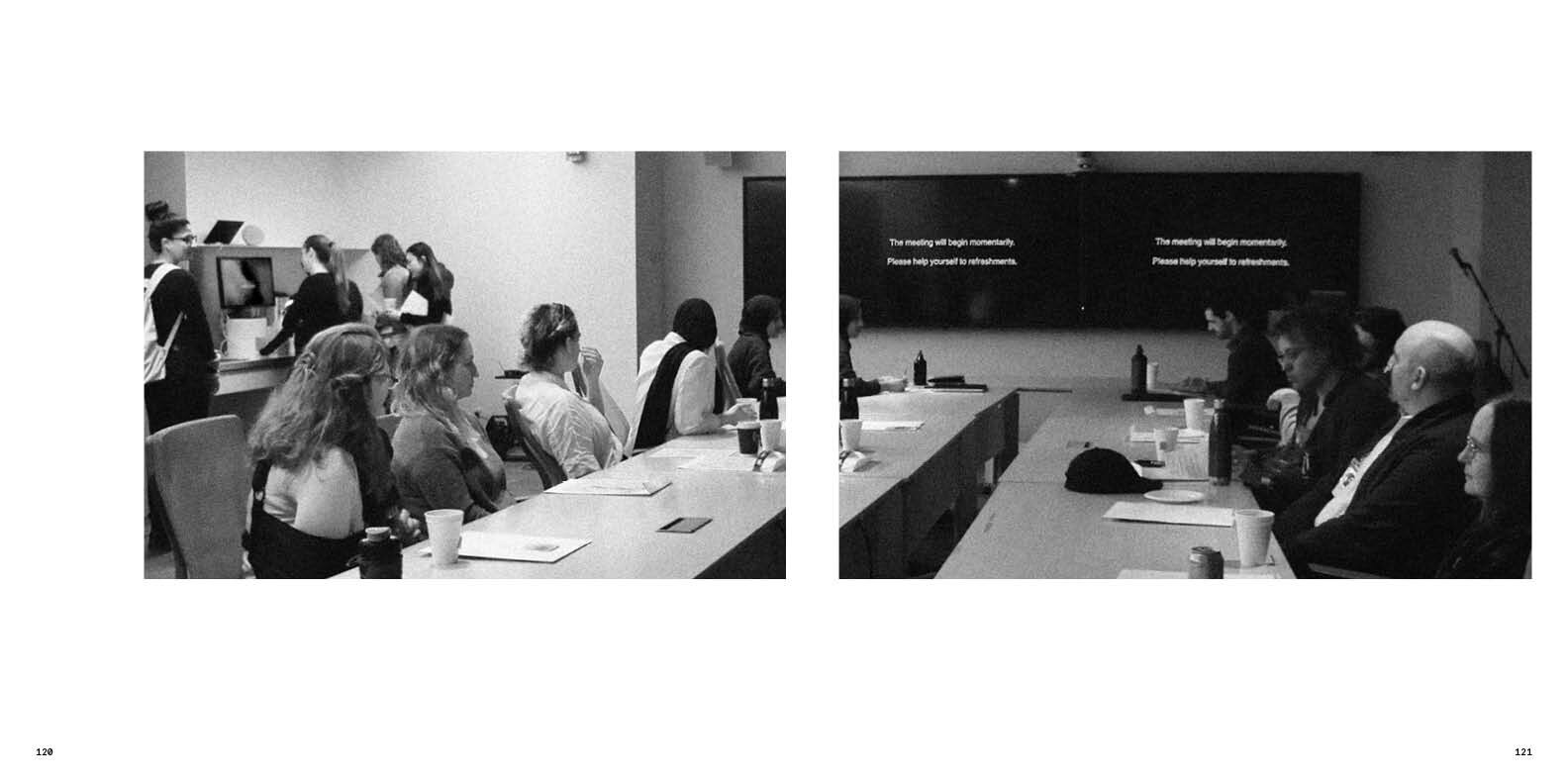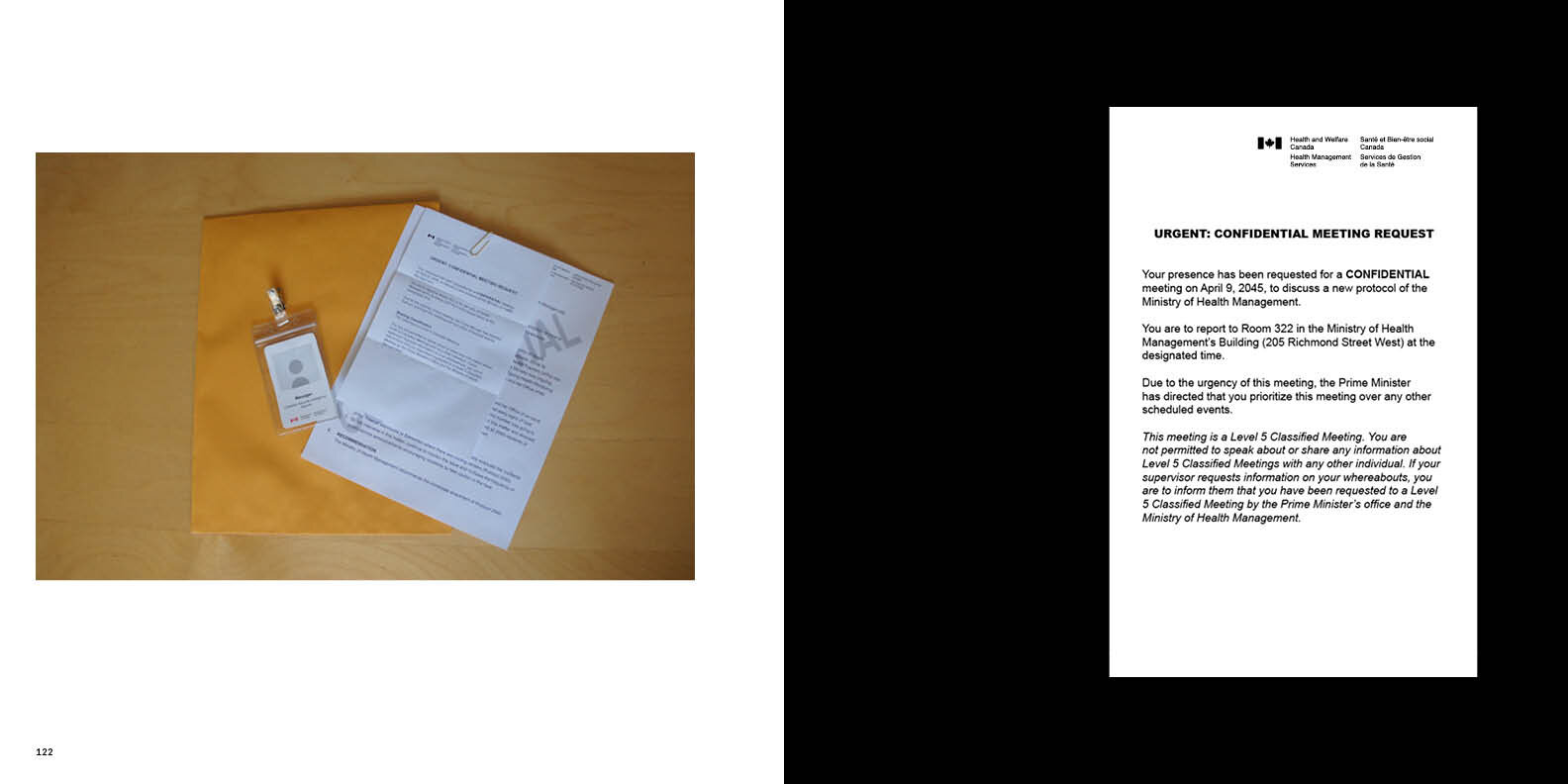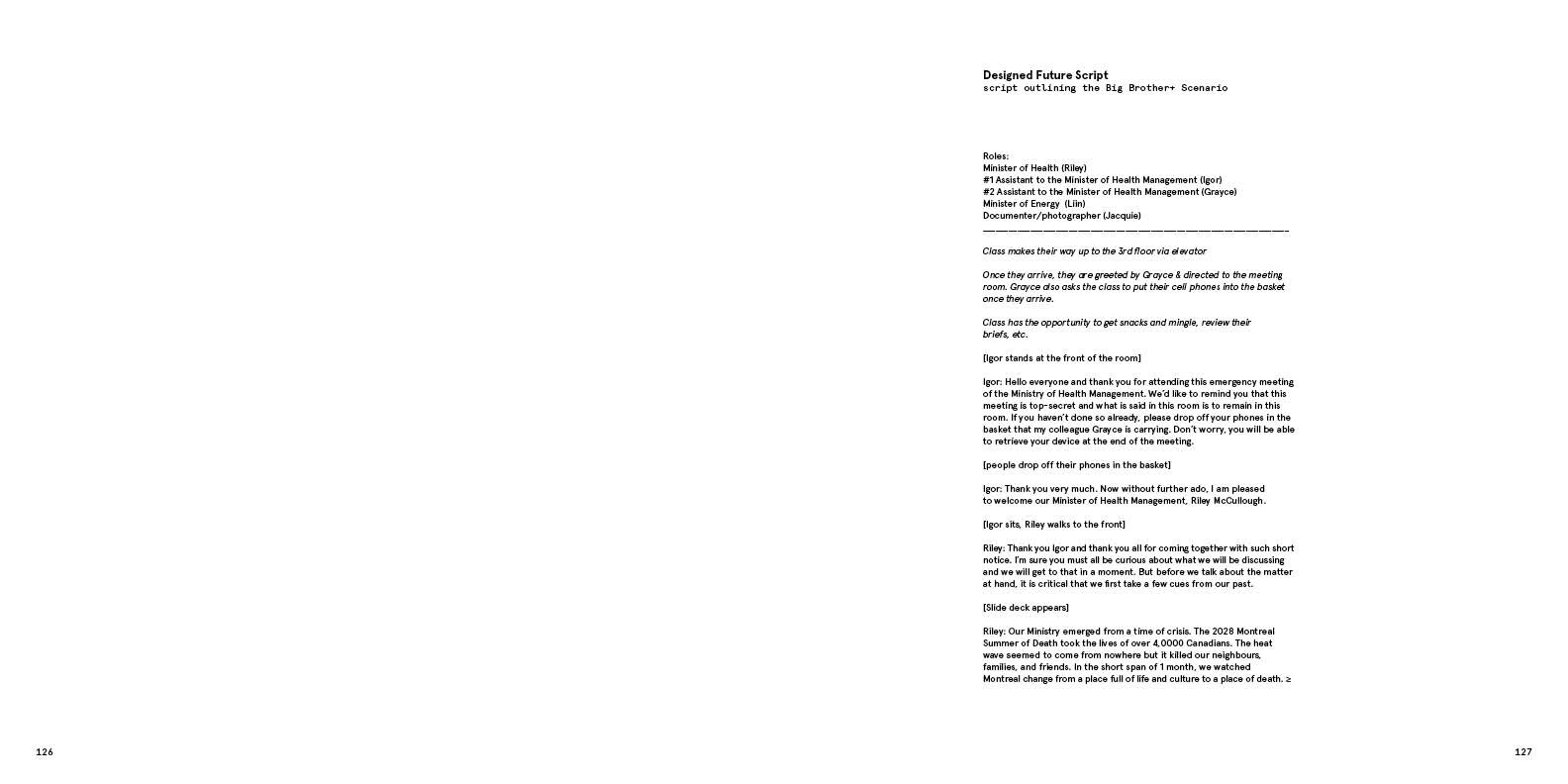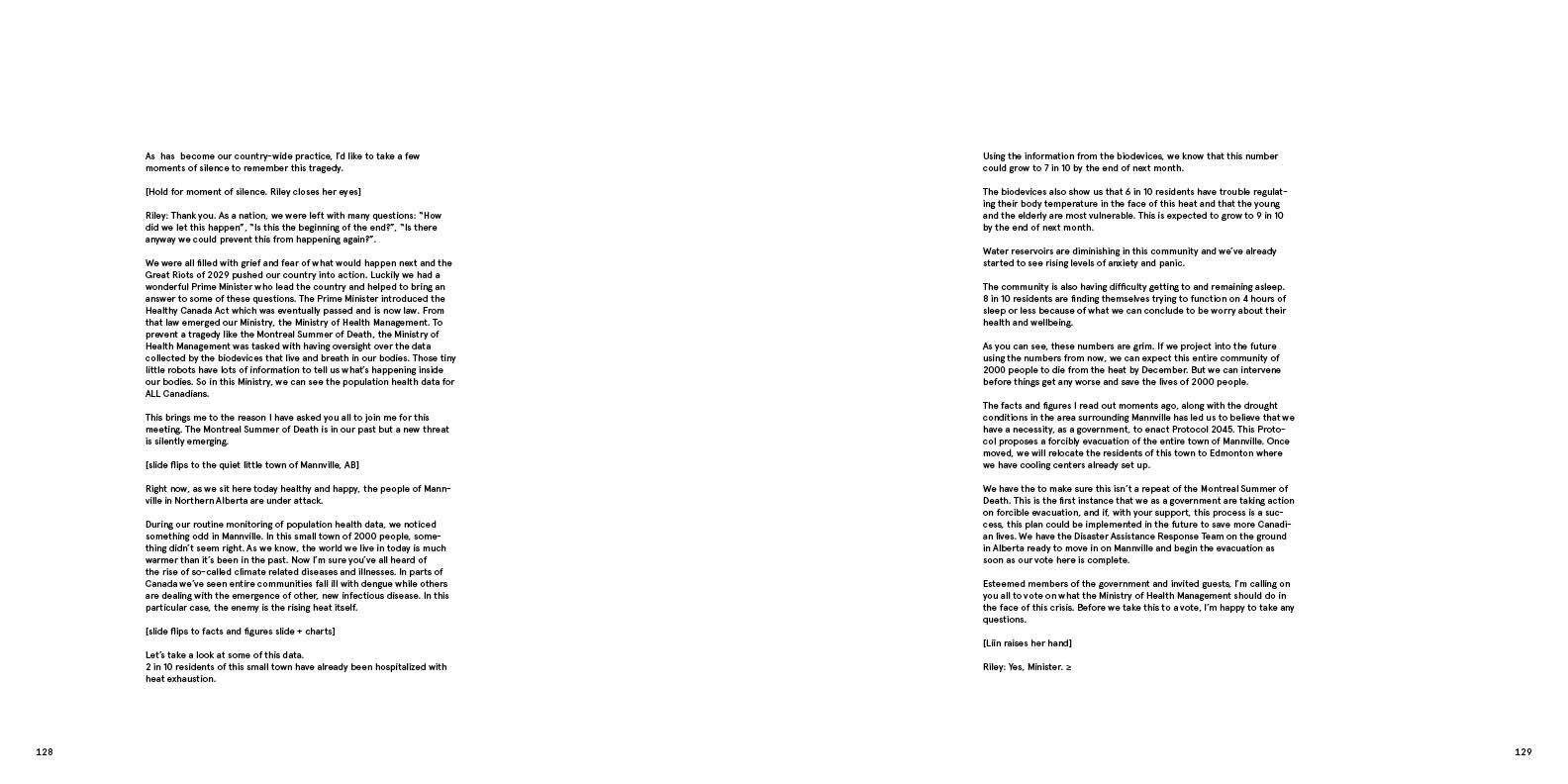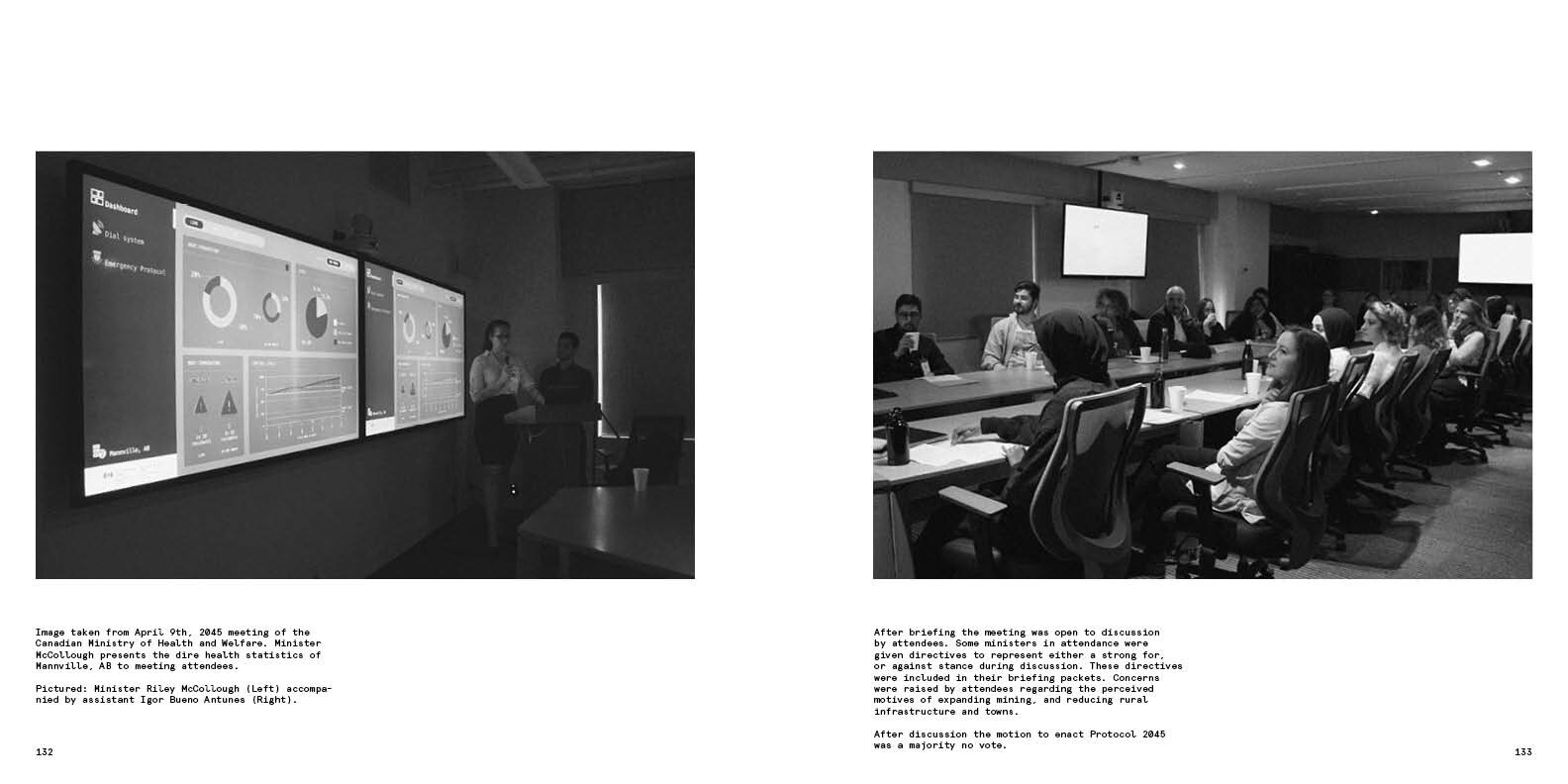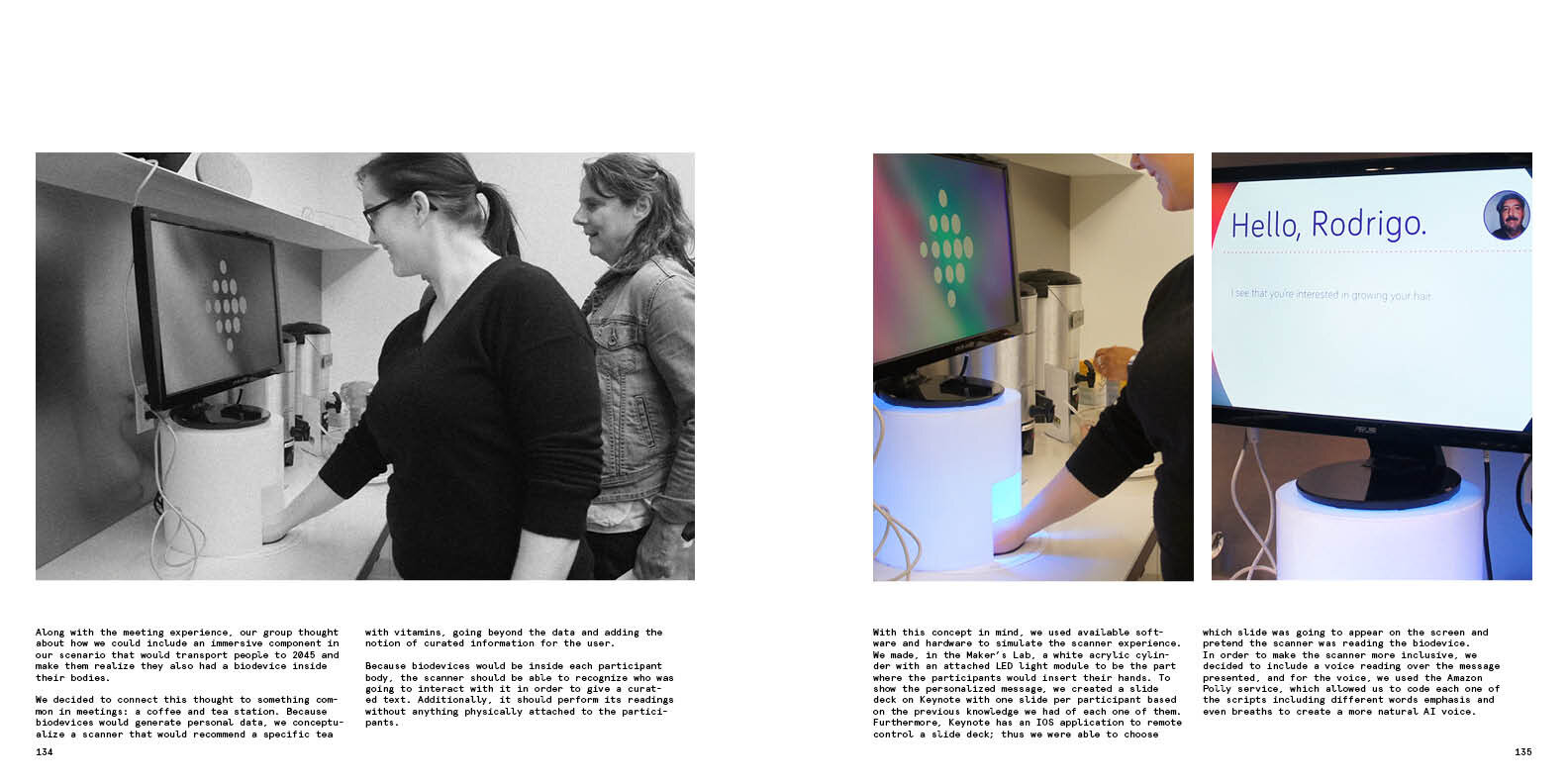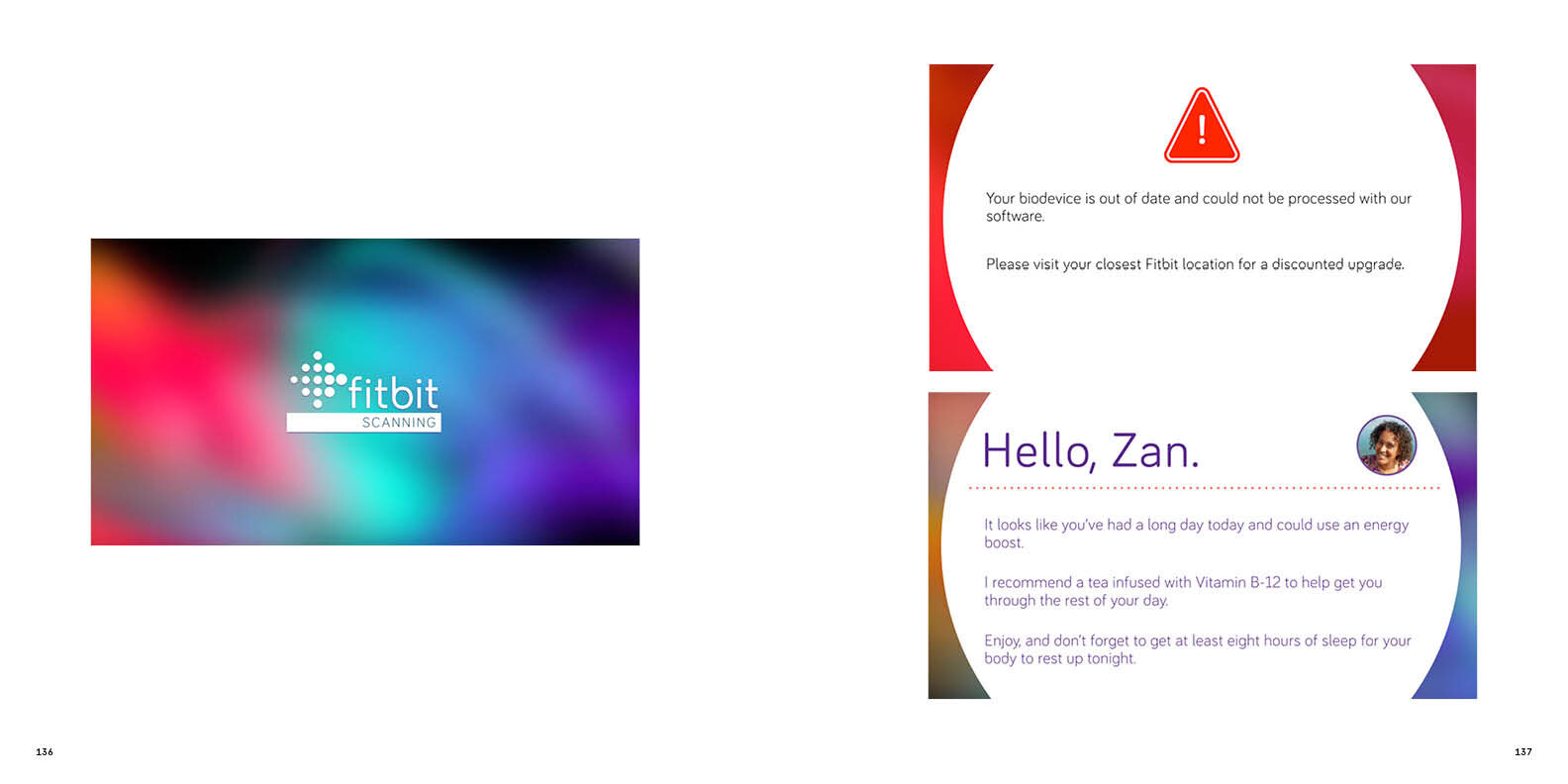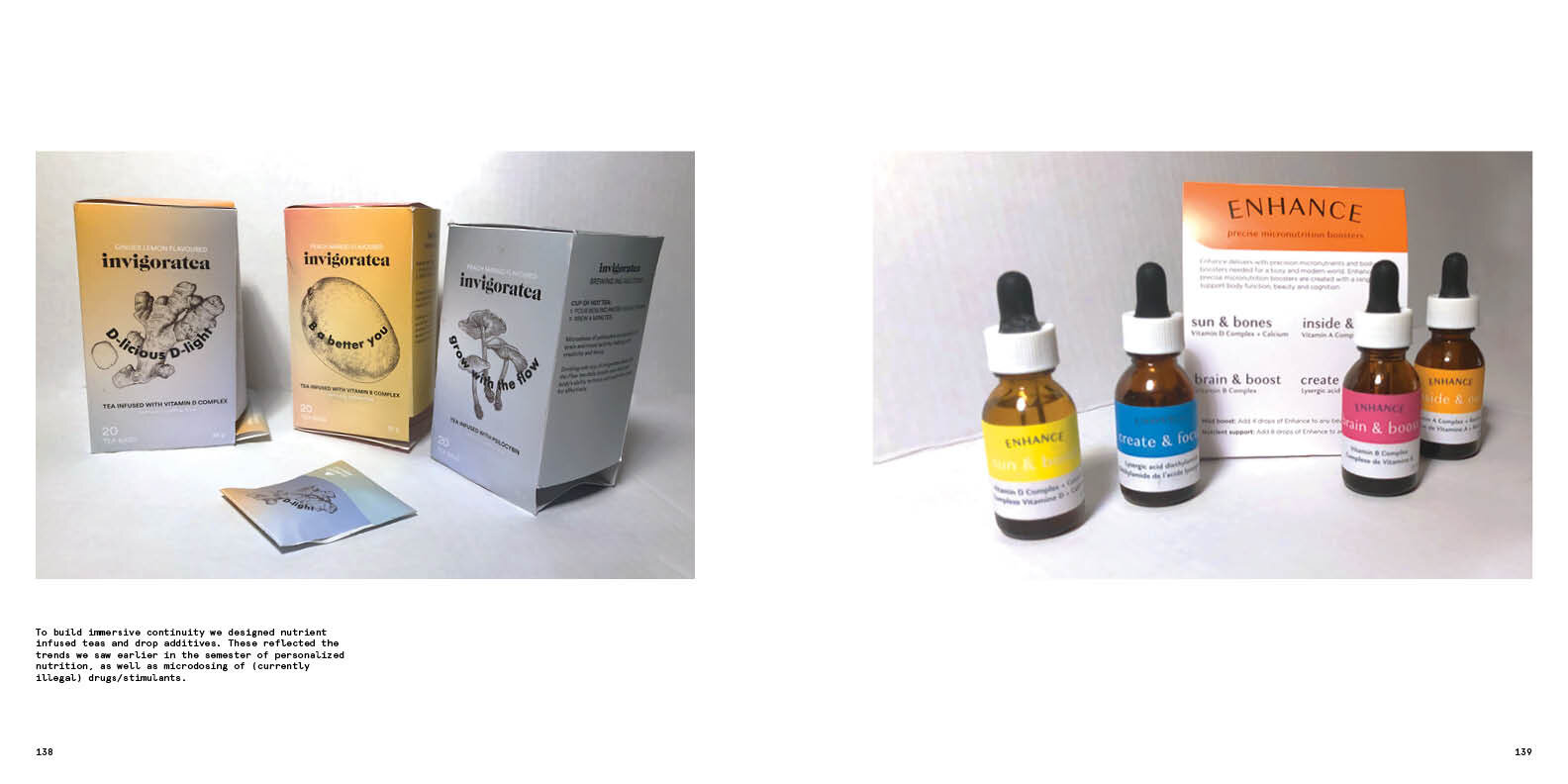Future of Health Data
Keywords: research, foresight, futurism, futures, health data, strategy, forward thinking, innovation, personas & scenarios, backcasting
The Future of Health Data is a collaborative project that combined foresight practice with strategic thinking.
The first part of this foresight project began with scanning and capturing signals of change related to the general topic of healthcare. To do this, the Foresight Studio course pulled articles, videos, podcasts, and other forms of media that were indicative of changes that may occur in the future. These signals were sorted using the STEEPV tool (social, technological, economic, environmental, political, and values) and each signal was classified based on the level of maturity (emerging, growing, peaking, declining). Following this, a process was undertaken to review these signals and recombine them into trends with information about implications and extrapolations for each trend.
From these trends we used three main techniques to further build foresight scenarios, each relying on the other to build a holistic picture of our potential futures: Manoa method, 2x2 Matrix, and Backcasting.
After developing the themes for the four scenarios, we gave them working titles and assigned one scenario to each member of the group to further build out scenarios using backcasting and persona building. We then merged our independent research and did a group backcasting exercise to ensure that we were bringing different perspectives and more insight into the exercise.
Research and scenario building culminated into a final experiential future presentation. For this presentation we used our “Big Brother +” generated a scenario. “Big Brother +” imagines a world where health data has become corporate and government owned resource, and actions to mitigate the current climate crisis were not taken. Group members acted as members of the Government of Canada holding a meeting where a health crisis exacerbated by deteriorating climate conditions has lead to the need of a mass relocation of a rural town in Alberta. Audience members were treated as other government employees, at the end of the meeting they were tasked to vote on whether or not to relocate the town’s population, taking into account other factors such as if people were being removed for corporate/economic gain over public safety.
Project created in collaboration with Liin Nur, Igor Bueno Atunes, and Riley McCullough


























